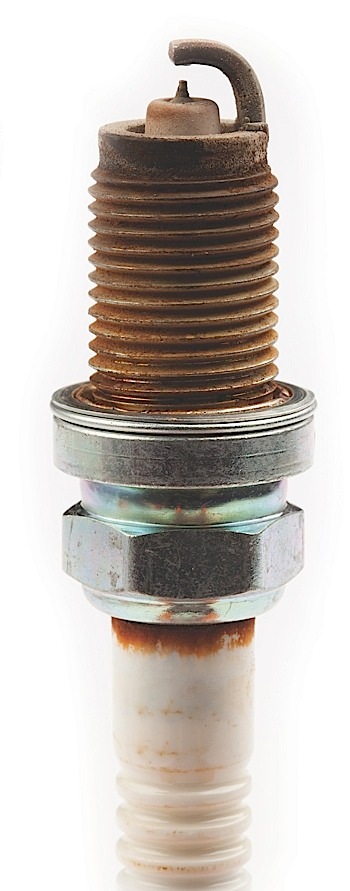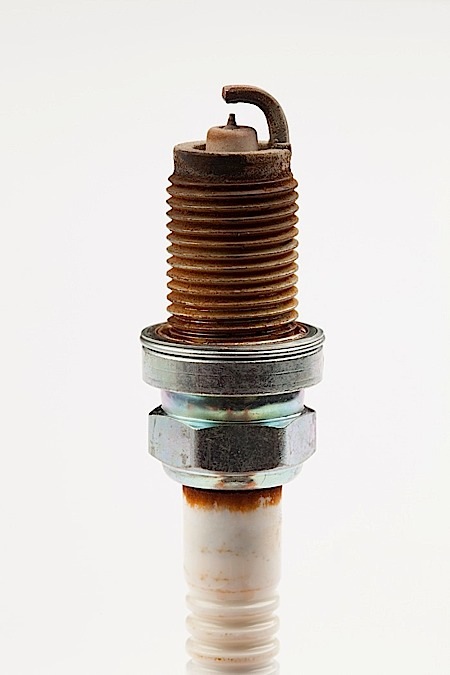A plug that has racked up miles should have a brownish or grayish color on the insulator and electrodes, but some gas additives have been known to turn fresh insulators blue, pink or purple. A yellowish color is typically caused by leaded gas. Red is a sign of iron particle s or rust in the fuel system. Black is the color of oil fouling. Pay more attention to the size of the deposits and where they occur to determine if there is a problem.
s or rust in the fuel system. Black is the color of oil fouling. Pay more attention to the size of the deposits and where they occur to determine if there is a problem.
Most spark plugs come from the factory with a coating or plating that is designed to prevent galling of the threads. Applying a coat of anti-seize will only lead to incorrect torque readings. Use of anti-seize can increase torque values by 20%.
Heat range is the speed at which a spark plug can transfer heat from the firing tip to the cylinder head water jacket and into the cooling system. If the heat range is too cold, the spark plug will be unable to properly self-clean by burning off carbon deposits. Too hot of a plug will cause pre-ignition.
Corona stains on the exposed ceramic body are normal. Corona stains are caused by the high amount of static electricity attracting particles of oil and dirt to the body of the plug — not by blow-by gases or thermal distress.














